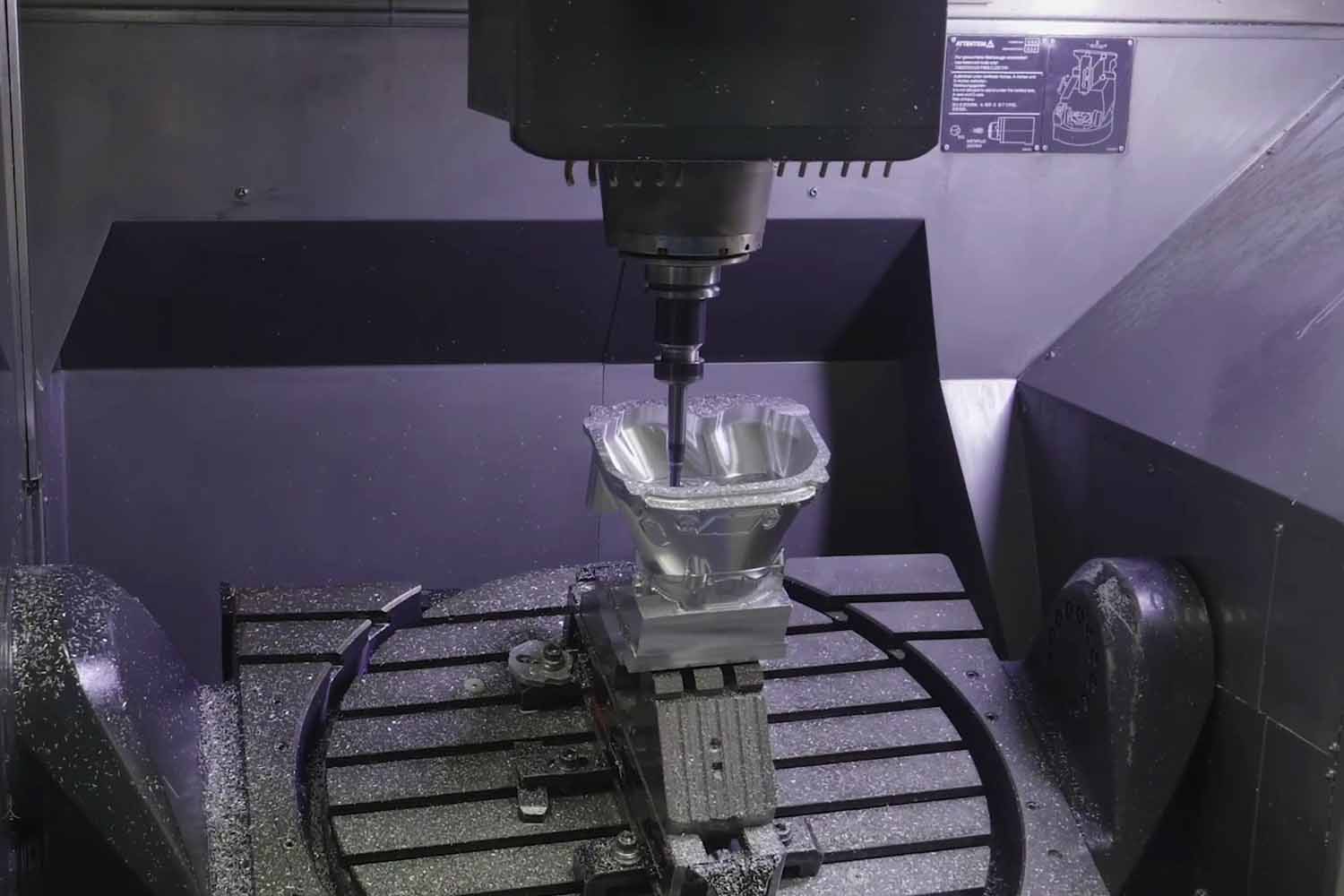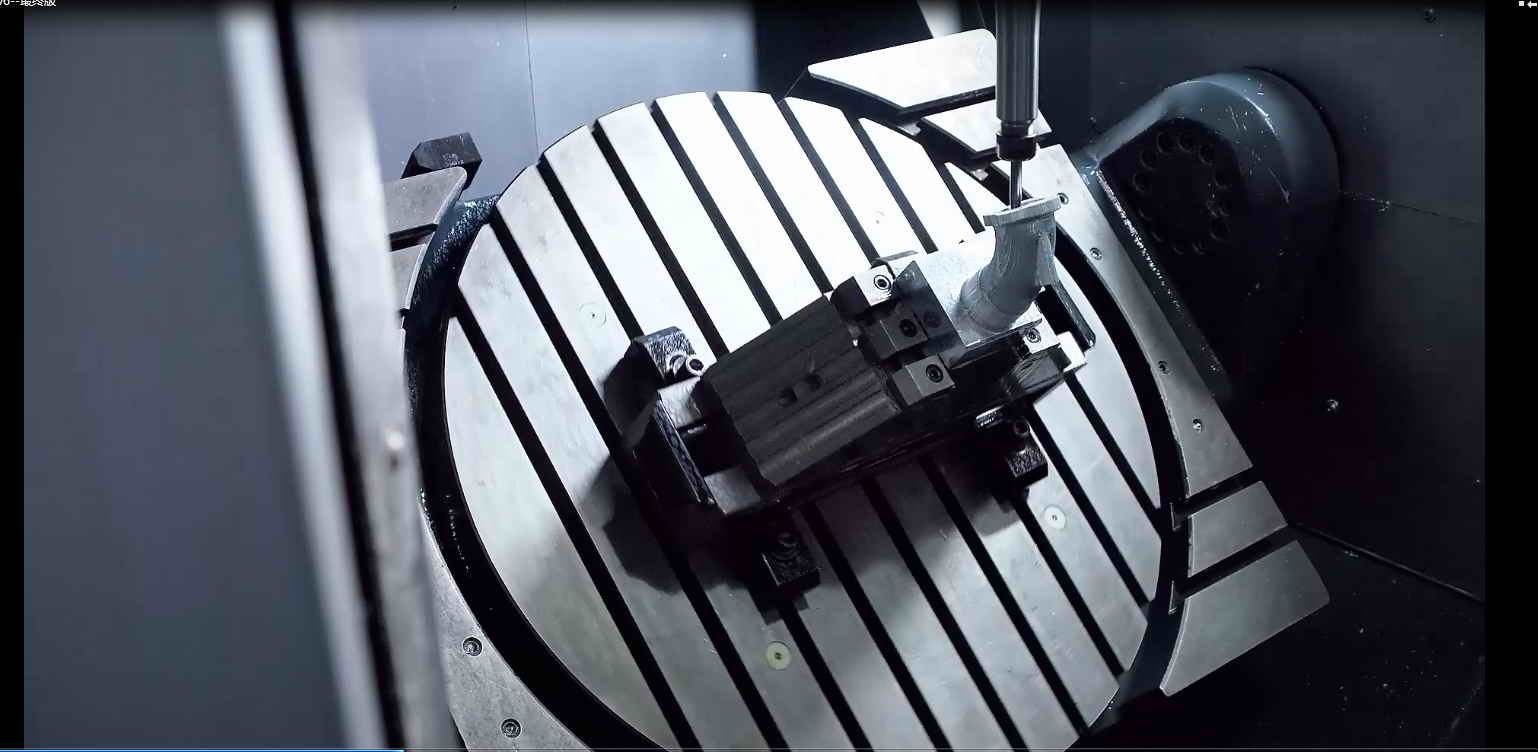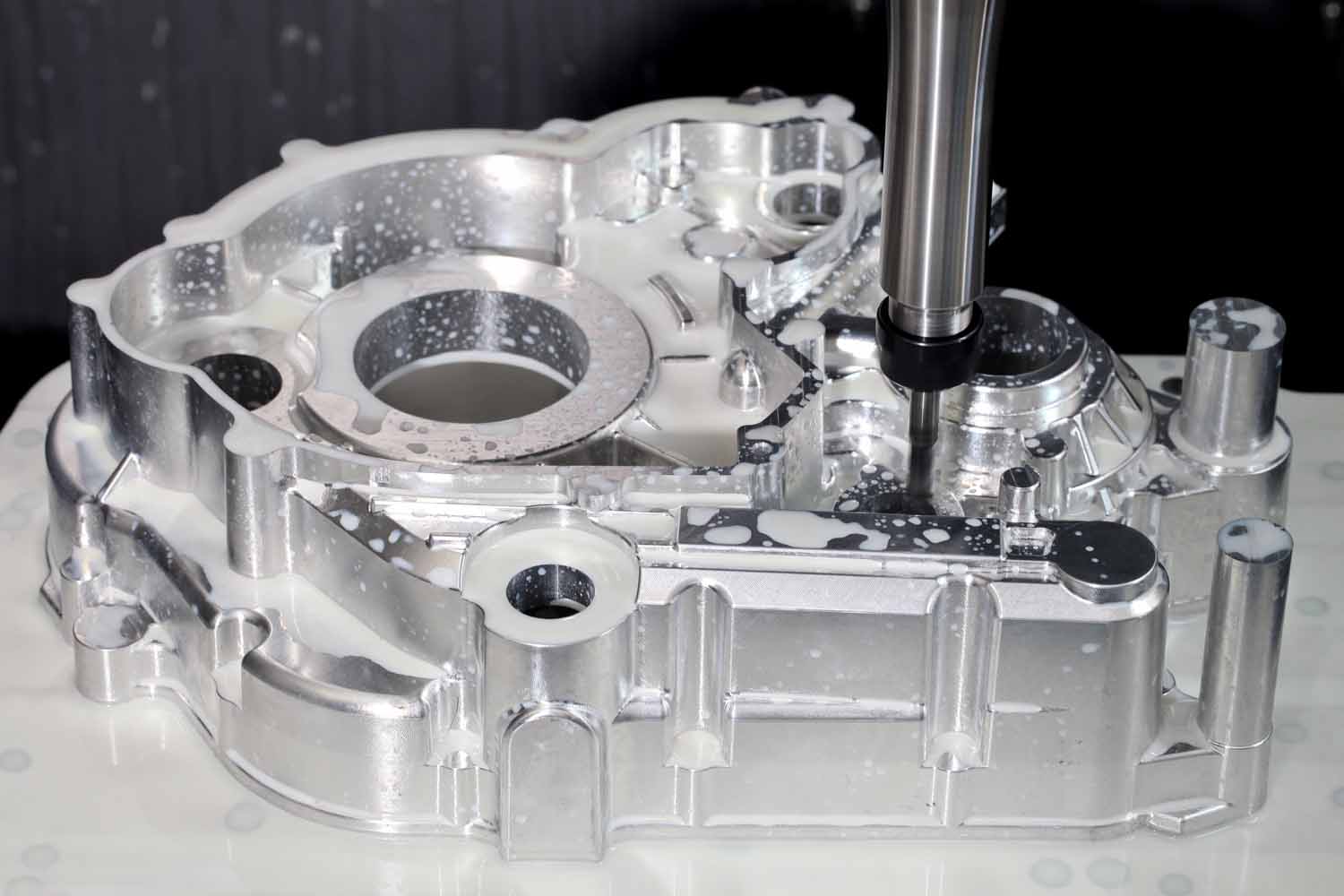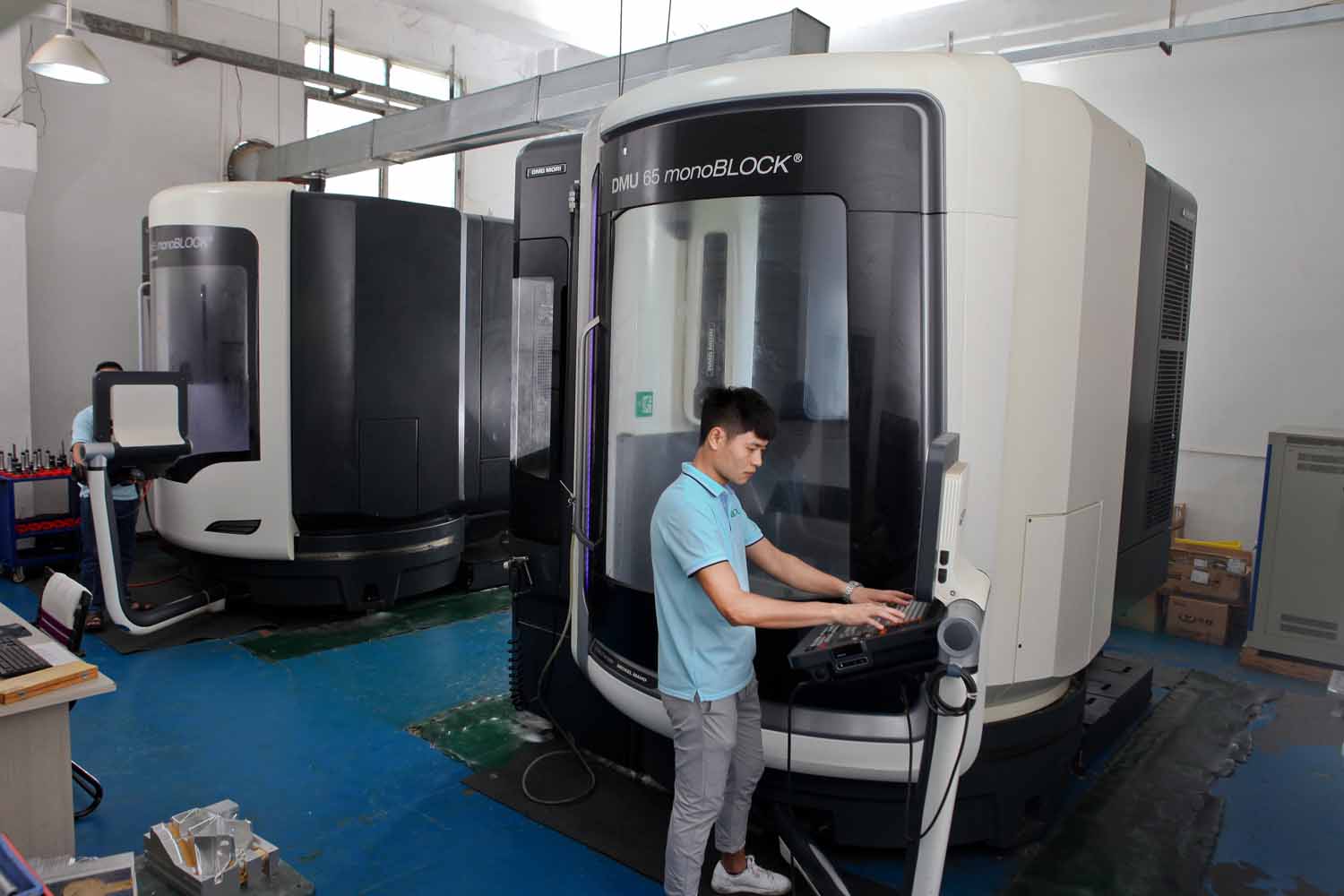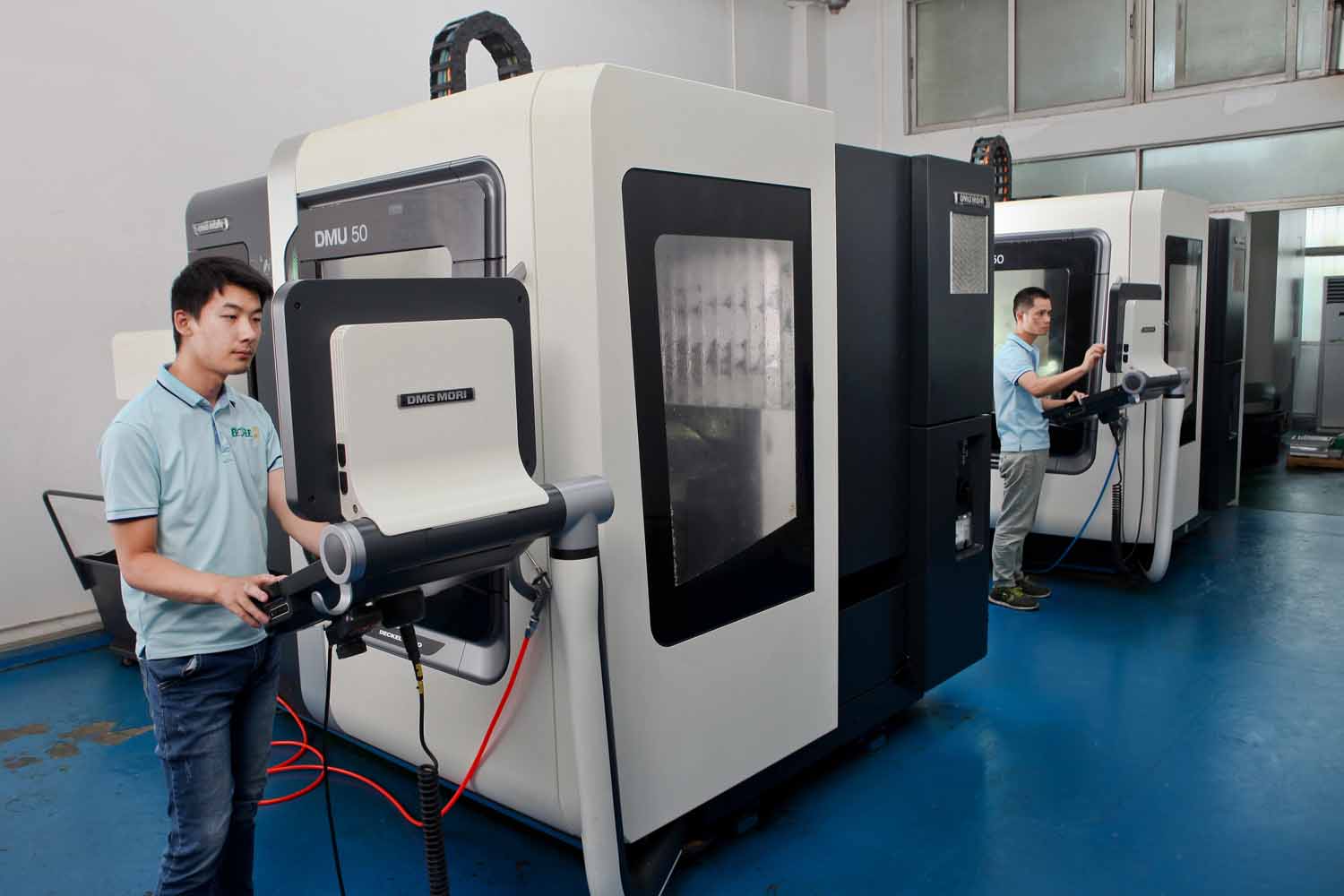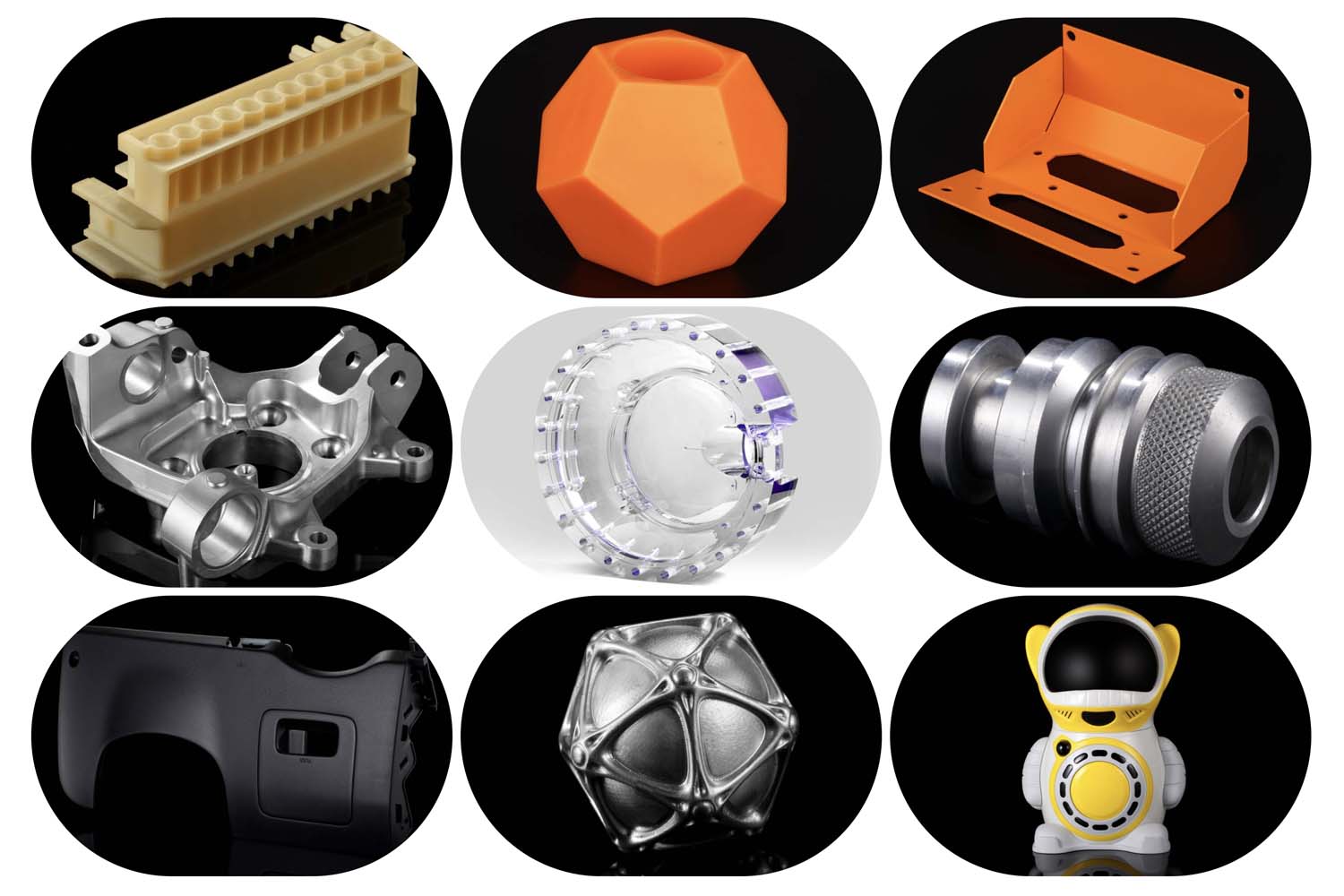Today we are going to explore the influences of materials on CNC machining. CNC machining is significantly influenced by the type of material being machined, and each material presents its own set of challenges and considerations. Here are some key influences and challenges associated with different materials.
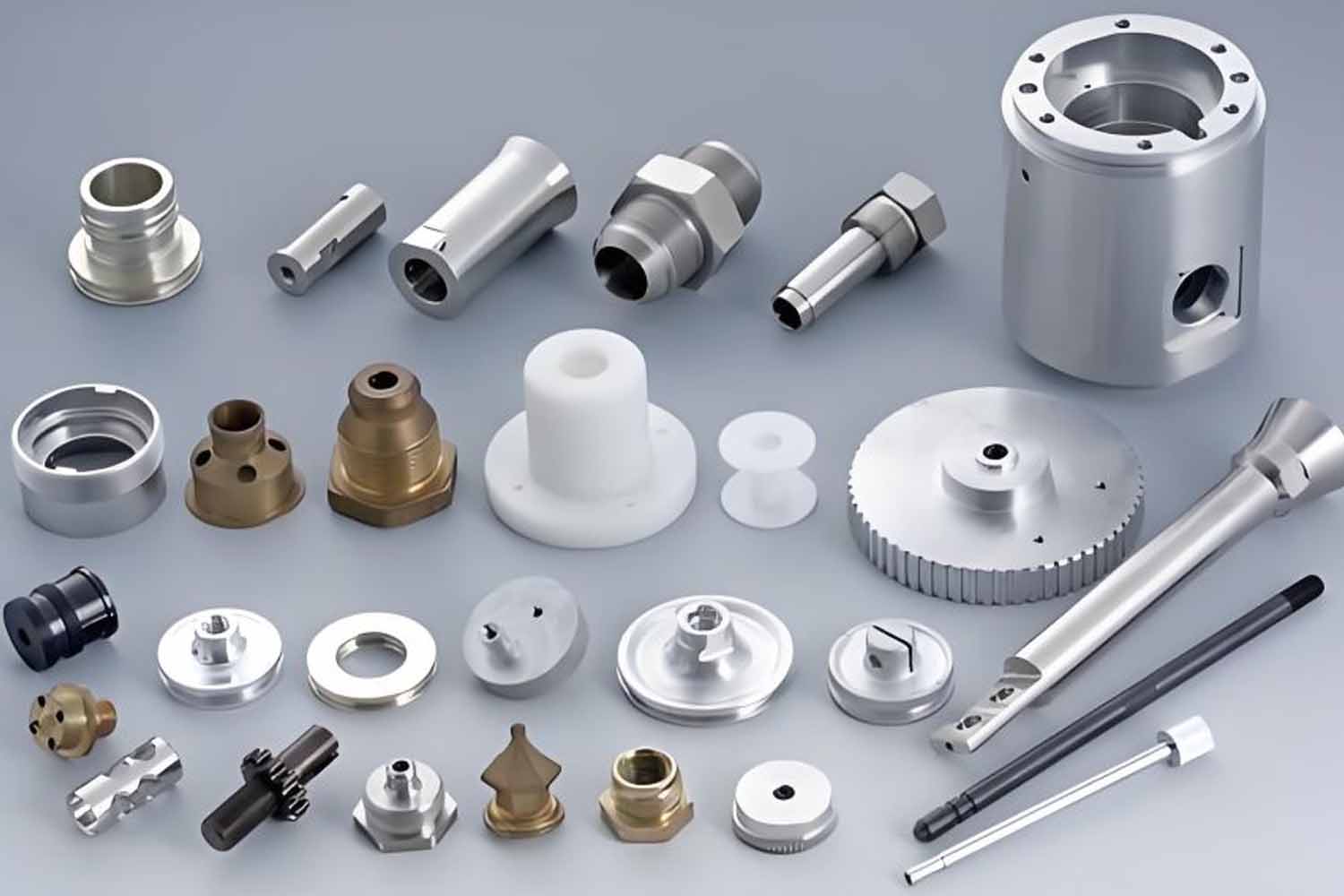
Influences of Material on CNC Machining
Machinability: Some materials are easier to machine than others. For example, aluminum is generally easier to machine than stainless steel due to its softer nature.
Tool Wear: Harder materials (like titanium and certain steels) can cause increased tool wear, requiring more frequent tool changes and potentially increasing costs.
Cutting Speed and Feed Rate: Different materials require different cutting speeds and feed rates. For instance, softer materials can be machined at higher speeds, while harder materials may require slower speeds to avoid damaging the tools.
Thermal Conductivity: Materials with low thermal conductivity (like certain plastics) can retain heat during machining, which may lead to melting or warping. Cooling methods may need to be adjusted accordingly.
Surface Finish: The type of material affects the achievable surface finish. Some materials may require additional finishing processes to achieve the desired quality.
Dimensional Stability: Materials like wood and certain plastics can expand or contract with changes in temperature and humidity, affecting the precision of the machined part.
Challenges in CNC Machining by Material
Material Hardness: Hard materials can be challenging to machine, requiring specialized tools or techniques (e.g., high-speed machining, coatings).
Brittleness: Brittle materials (like certain ceramics) can fracture during machining, necessitating careful handling and machining strategies.
Chip Formation: Different materials produce different types of chips (e.g., continuous vs. segmented), which can affect the machining process and tool life.
Cost: Some materials (like titanium and certain alloys) are more expensive and may require more costly machining processes, impacting overall project budgets.
Environmental Considerations: Machining certain materials may produce hazardous dust or fumes (e.g., certain plastics and composites), requiring appropriate safety measures.
Complexity of Design: Some materials may not be suitable for intricate designs due to their physical properties, which can limit design possibilities.
Conclusion
Understanding the influence of material properties on CNC machining is crucial for optimizing processes, ensuring quality, and managing costs. By selecting the right materials and machining strategies, manufacturers can overcome these challenges and achieve efficient and effective machining outcomes. If you have a specific material or project in mind, I can provide more tailored insights!



